![Bynum, Taylor Ho 9-tette: The Ambiguity Manifesto [VINYL 2 LPs] (Firehouse 12 Records) Bynum, Taylor Ho 9-tette: The Ambiguity Manifesto [VINYL 2 LPs] (Firehouse 12 Records)](https://www.teuthida.com/productImages/misc4/28246.jpg)
Grown from a sextet to this 9-tette, cornetist/composer Taylor Ho Bynum's ensemble brings together some of the finest improvisers from the Boston and New York scenes for compositions that merge orchestration and allow flexibility in interpretation, as heard in these 7 lyrical pieces, the last 3 turning the first 3 on their heads in reworked, expanded versions.
In Stock
Quantity in Basket: None
Log In to use our Wish List
Shipping Weight: 32.00 units
EU & UK Customers:
Discogs.com can handle your VAT payments
So please order through Discogs
Sample The Album:
Ken Filiano-acoustic bass, electronics
Jim Hobbs-alto saxophone
Bill Lowe-bass trombone, tuba
Tomeka Reid-cello
Tomas Fujiwara-drums
Stomu Takeishi-electric bass
Mary Halvorson-electric guitar
Taylor Ho Bynum-cornet, flugelhorn, composer
Ingrid Laubrock-sopranino saxophone, tenor saxophone
Click an artist name above to see in-stock items for that artist.
UPC: 711574882618
Label: Firehouse 12 Records
Catalog ID: FH12-04-08-032
Squidco Product Code: 28246
Format: 2 LPS
Condition: New
Released: 2019
Country: USA
Packaging: Double LP in a Gatefold Sleeve
Recorded at Firehouse 12 in New Haven, Connecticut, on March 3rd and 4th, 2018, by Nick Lloyd.
"The Taylor Ho Bynum Sextet (occasionally growing all the way to a 9-tette) has been Bynum's primary working ensemble since 2005, and has toured throughout the USA and Europe. The group's latest release, The Ambiguity Manifesto, follows the critically acclaimed releases The Middle Picture (Firehouse 12, 2007), Asphalt Flowers Forking Paths (hatOLOGY, 2008), Apparent Distance (Firehouse 12, 2011), and the four-album set Navigation: The Complete Firehouse 12 Recordings (Firehouse 12, 2013).
The ensemble brings together some of the finest musicians from the Boston and New York scenes, demonstrating a remarkable diversity of backgrounds and generations, with members of the group born in every decade from the 1940s to the '80s. All the musicians are composers and bandleaders in their own right, and have collaborated with some of the most admired figures in creative music, including Muhal Richard Abrams, Bill Barron, Tim Berne, Bobby Bradford, Anthony Braxton, Connie Crothers, Thad Jones, Warne Marsh, Myra Melford, Nicole Mitchell, Jason Moran, Marc Ribot, Roswell Rudd, Cecil Taylor, Henry Threadgill, and countless others."-Firehouse 12
"Taylor Ho Bynum's The Ambiguity Manifesto, with its oxymoronic title, is the third album in what the cornetist-composer calls an "accidental trilogy." Following his Firehouse 12 Records releases Navigation (Possible Abstracts XII & XIII) (2013) and Enter the Plus Tet (2016), Bynum recognized a form-however unconventional-both in the composition and performing of these large ensemble works. With a 9-tette made up of members of his sextet and Plus Tet, Bynum adds Stomu Takeishi on electric bass.
Bynum cites Anthony Braxton, Cecil Taylor and Bill Dixon-all of whom he has worked with-as affecting this music, but those, or any amalgam of influences, are not as apparent as the composer's own approach. There may not be a formal narrative holding the material together, but there are linked ideas where the initial outlines are analyzed and turned inside-out as the album progresses. Bynum doesn't overload the concept, letting the group distinguish themselves through their individual and collective interpretations.
The quirkily swinging, propulsive rhythm of "Neither When nor Where" opens the album on an exuberant note and leads into the brief, constantly-shifting "Enter Ally" with its multifaceted rhythms and free improvisations. Tomas Fujiwara's kit ushers in "Real/Unreal (for Ursula K. Le Guin)" with Tomeka Reid's cello and Bynum lending a solemnity to the ten-minute tribute to the late, great science fiction and non-fiction writer and lecturer. The most darkly melodic piece on The Ambiguity Manifesto, it nevertheless builds to a more disordered conclusion, apropos of the two worlds Le Guin called home. The seventeen-minute "(G)host(aa/ab)" is by turns a carnival-like, theatrical, and rock-driven extravaganza with the entire ensemble keeping countless balls in the air. Slightly longer, "Enter (g) Neither" is a more episodic series of free improvisations held together by Fujiwara's magic.
As always, the brilliance of the horns of Bynum, Jim Hobbs, Ingrid Laubrock, and Bill Lowe, guitarist Mary Halvorson's ingeniously transformative presence and the imaginativeness of bassist Ken Filiano, give many lives to the music. For all the complexity of The Ambiguity Manifesto, there is a resounding clarity to the entire project. It is a testament to an exceptional-and unique-composer and the first-rate company he keeps."-Karl Ackermann, All About Jazz
Also available on CD.Get additional information at All About Jazz
Artist Biographies
• Show Bio for Ken Filiano "Ken Filiano performs throughout the world, playing and recording with leading artists in jazz, spontaneous improvisation, classical, world/ethnic, and interdisciplinary performance, fusing the rich traditions of the double bass with his own seemingly limitless inventiveness. Ken's solo bass CD, subvenire (NineWinds), received widespread critical praise. For this and numerous other recordings, Ken has been called a creative virtuoso, a master of technique ... a paradigm of that type of artist... who can play anything in any context and make it work, simply because he puts the music first and leaves peripheral considerations behind. Ken composes for his quartet with Michael Attias, Tony Malaby, and Michael T.A. Thomspon; a collective with Attias and Tomas Ulrich; and for his decades-long collaborations with Steve Adams and Vinny Golia. His prolific output also includes performances and/or recordings with artists including Bonnie Barnett, Rob Blakeslee, Bobby Bradford, Taylor Ho Bynum, Roy Campbell, John Carter, Nels Cline, Alex Cline, Connie Crothers, Mark Dresser, Ted Dunbar, Marty Ehrlich, Giora Feidman, Bob Feldman, Eddie Gale, Georgian Chamber Orchestra, Dennis Gonzalez, Lou Grassi, Phil Haynes, Fred Hess, Jason Hwang, Joseph Jarman, Sheila Jordan (with the Aardvark Orchestra), Raul Juarena, Joe Labarbera, Joelle Leandre, Frank London, Manhattan Chamber Orchestra, Tina Marsh, Warne Marsh, Dom Minasi, Hafez Modirzadeh, Butch Morris, Barre Phillips, Don Preston, Herb Robertson, Bob Rodriguez, Roswell Rudd, ROVA Saxophone Quartet, Ursel Schlicht, Paul Smoker, Chris Sullivan, Peeter Uuskyla, Fay Victor, Biggi Vinkeloe, Kenny Wessel, Andrea Wolper, Pablo Ziegler. With Tomas Ulrich, Elliott Sharp, and Carlos Zingaro, he is a member of T.E.C.K. String Quartet. Ken has been a guest lecturer, performer, and workshop leader at institutions in the United States and Europe. He earned a MM from Rutgers University and is currently on faculty at Mansfield University."- All About Jazz ^ Hide Bio for Ken Filiano • Show Bio for Jim Hobbs "Jim Hobbs was born and raised in north-eastern Indiana at the convergence of three rivers. He is a recipient of the Doris Duke New Works Grant for composition from Chamber Music America. After a childhood of chewing hay and catching salamanders he began playing the saxophone. He received a full scholarship to Berklee College of Music where he majored in composition. It was there that he met bassist Timo Shanko and started the Fully Celebrated Orchestra (FCO), which has released 10+ recordings on various labels including Silkheart, Skycap and Innova. FCO is also the subject of a children's book. He has performed and recorded with Joe Morris, Luther Gray, Taylor Ho Bynum, Bill Lowe, The Jazz Composers Alliance, Forbes Graham, The Prodigal Suns, Mackie Burnett, Fred Hopkins, Laurence Cook, Jon Voight, Junko Simons, Nightstick, The Death's Head Quartet, Josh Roseman, Curtis Hasselbring, The Lunch Factor, Laura Andel, Brother Blue and many others." ^ Hide Bio for Jim Hobbs • Show Bio for Bill Lowe "Bass trombonist and tubaist Bill Lowe has been a major force in the music world for over thirty years as a performer, composer, producer, and educator. He has worked with most of the masters of African-American creative music, across all genres and musical cliques, from musical legends like Dizzy Gillespie, Eartha Kitt, and Clark Terry, to the leaders of the avant-garde like Muhal Richard Abrams, Henry Threadgill, and Cecil Taylor, to under-heralded greats like George Russell, James Jabbo Ware and Bill Barron. He has co-led the Boston Jazz Repertory Orchestra, the Bill Lowe/Phillipe Cretian Quintet, and JUBA, co-produced Boston's annual John Coltrane Memorial Concert, and composed several major works, including his opera, Reb's Last Funeral, his ongoing interdisciplinary project Signifyin' Natives, and the music/theater piece Crossing John at the Crossroads. As an educator, Lowe has taught at several major universities, lectured throughout the world from Cuba to Paris, and mentored countless young musicians." ^ Hide Bio for Bill Lowe • Show Bio for Tomeka Reid "Chicago based cellist, composer and educator, Tomeka Reid has been described as "a remarkably versatile player," (Howard Reich, Chicago Tribune). Equally adept in classical and jazz contexts, Ms. Reid predominantly finds herself in experimental and improvisatory settings and composes for a wide range of instrumentation, from big band to chamber ensemble. Ms. Reid's music combines her love for groove along with freer concepts. Ms. Reid is an integral part of Dee Alexander's Evolution Ensemble, Nicole Mitchell's Black Earth Ensemble/Strings, Mike Reed's Loose Assembly, the Association for the Advancement of Creative Musicians (AACM) Great Black Music Ensemble, and co-leads the internationally recognized string trio, Hear in Now with performances in Poznan, Poland; Paris, France; Rome, Venice, Milan, Italy; Soazza, Switzerland; and in the US: Chicago, New York and Vermont. In addition to the aforementioned ensembles, Ms. Reid performs with many of today's forward thinking musicians in the world of jazz and creative music including Anthony Braxton, George Lewis, Roscoe Mitchell, Jeb Bishop, Myra Melford, Fred Lonberg-Holm, Mary Halvorson, Denis Fournier, Edward Wilkerson and Harrison Bankhead. Ms. Reid also leads her own trio featuring guitarist Matt Schneider and bassist Josh Abrams, for which she composes. Ms. Reid can be heard on numerous studio recordings. As an educator, Ms. Reid has led string improvisation workshops in Italy and the US. Most recently she co-directed the 2012 Vancouver Jazz Festival’s High School Jazz Intensive. For seven years, Ms. Reid co-directed the string program at the University of Chicago’s Laboratory School for students grade 5 thru 12. Ms. Reid is also an ABD doctoral candidate at the University of Illinois: Urbana-Champaign. As a composer, Ms. Reid has been commissioned by the AACM, the Chicago Jazz Festival and the Chicago Jazz Ensemble and has had several opportunities to showcase her work abroad at festivals such as Umbria Jazz, An Insolent Noise and Vignola Jazz. She has been nominated and awarded residencies for composition with the Ragdale Foundation and the 2nd Annual Make Jazz Fellowship hosted by the 18th Street Arts Organization. Ms. Reid was selected as a 2012 participant in the Jazz Composers Orchestra Institute held at the University of California: Los Angeles." ^ Hide Bio for Tomeka Reid • Show Bio for Tomas Fujiwara "Born in Boston in 1977, Brooklyn-based drummer Tomas Fujiwara emerged during the early to mid-2000s as a valued sideman before forming his own quintet, Tomas Fujiwara & the Hook Up, which gathered accolades for blending influences such as Wayne Shorter, Taleb Kweli, and Me'Shell Ndegéocello with the experimental and unpredictable spirit of the 21st century Brooklyn creative jazz scene. After studying for eight years with drummer and educator Alan Dawson in the Boston area, Fujiwara moved to New York at the age of 17. His first performing experiences included a five-year stint beginning around the turn of the millennium with the off-Broadway show Stomp, but he also began appearing as a sideman on jazz recordings (e.g., Three Souls by the Adam Rafferty Trio in 2003) and moving in exploratory, adventurous directions. Fujiwara developed a particularly strong collaborative relationship with New Haven, Connecticut-based cornetist Taylor Ho Bynum, whose own avant-leaning ensembles have featured a number of top Brooklyn improvising musicians. Fujiwara first appeared with Bynum on two 2007 recordings, The Middle Picture by the Taylor Ho Bynum Sextet (Firehouse 12) and True Events by the Taylor Ho Bynum/Tomas Fujiwara Duo (482 Music). During the following years, the drummer appeared on the Bynum Sextet albums Asphalt Flowers Forking Paths (hatOLOGY, 2009), Apparent Distance (Firehouse 12, 2011), and Navigation (Possibility Abstracts X & XI) (Firehouse 12, 2013), and the Bynum/Fujiwara Duo album Stepwise (Nottwo, 2010). Fujiwara is also a member of Positive Catastrophe, a ten-piece outfit co-led by Bynum and percussionist Abraham Gomez-Delgado and inspired by Sun Ra and Latin jazz; the group has released two albums on Cuneiform, Garabatos Volume One (2009) and Dibrujo, Dibrujo, Dibrujo... (2012). Another musician with whom Fujiwara has often worked, guitarist Mary Halvorson, also often travels in the same creative orbit as Taylor Ho Bynum; like Fujiwara, Halvorson is a member of the Bynum Sextet, and along with Bynum and violist Jessica Pavone, the drummer and guitarist formed the collective quartet the Thirteenth Assembly, which has recorded two albums for the Important Records label, 2009's (un)sentimental and 2011's Station Direct. Fujiwara, Halvorson, and Bynum also appeared as members of the Chicago-New York nonet Living by Lanterns, whose New Myth/Old Science album -- based on fragments of music recorded by Sun Ra in 1961 -- appeared on Cuneiform in 2012. In 2014 Cuneiform released another album featuring Fujiwara and Halvorson, the eponymous debut of Thumbscrew, a collaborative trio also including veteran bassist Michael Formanek. Fujiwara first assembled his Hook Up quintet in 2008, later describing the bandmembers as "some of the most important musicians in my life" -- and given all of Fujiwara and Halvorson's recorded appearances together in various settings, it was no surprise that the guitarist was in the lineup. Also featuring tenor saxophonist Brian Settles, trumpeter Jonathan Finlayson, and bassist Danton Boller, Tomas Fujiwara & the Hook Up released their debut album, Actionspeak, on 482 Music in 2010. Featuring Trevor Dunn on bass in place of Boller, the group's sophomore album, The Air Is Different, arrived (also on 482 Music) in 2012. The many other projects in which Fujiwara has played as a collaborator or sideman include the Steve Lacy tribute band Ideal Bread, the eight-piece "bhangra funk dhol 'n' brass" outfit Red Baraat, and saxophonist/clarinetist Matt Bauder's acoustic jazz quintet. " ^ Hide Bio for Tomas Fujiwara • Show Bio for Stomu Takeishi "Stomu Takeishi (born 1964, in Mito, Ibaraki Prefecture, Japan) is a Japanese jazz bass player. He generally plays fretless five-string electric bass guitar, as well as a Klein five-string acoustic bass guitar. He often uses looping or other electronic techniques to enhance the sound of his instrument. Takeishi began as a koto player. He came to the United States in 1983 to attend the Berklee College of Music in Boston, Massachusetts. After completing his degree in 1986, he moved to Manhattan to continue his studies at The New School. He has lived in New York City ever since. In the 1990s he began to achieve prominence as an innovative New York jazz bass player, and critics have noted both his adventurous playing and sensitivity to sound and timbre. He has played in many international jazz festivals and often performs at major venues in New York, the United States, and Europe. He has performed and/or recorded with Don Cherry, Henry Threadgill, Butch Morris, Dave Liebman, Randy Brecker, Wynton Marsalis, Paul Motian, Myra Melford, Cuong Vu, Badal Roy, David Tronzo, Erik Friedlander, Satoko Fujii, Laszlo Gardony, Ahmad Mansour and Andy Laster. In Downbeat's 57th Critics Poll in 2009, Stomu was the poll winner in the category of Electric Bass, Rising Star. He has been performing all over Mexico with MOLE (Hernan Hecht at drums, Mark Aanderud at piano.)" ^ Hide Bio for Stomu Takeishi • Show Bio for Mary Halvorson "One of improvised music's most in-demand guitarists, Mary Halvorson has been active in New York since 2002, following jazz studies at Wesleyan University and the New School. Critics have called her "a singular talent" (Lloyd Sachs, JazzTimes), "NYC's least-predictable improviser" (Howard Mandel, City Arts), "one of the most exciting and original guitarists in jazz-or otherwise" (Steve Dollar, Wall Street Journal), and "one of today's most formidable bandleaders" (Francis Davis, Village Voice). The Philadelphia City Paper's Shaun Brady adds, "Halvorson has been steadily reshaping the sound of jazz guitar in recent years with her elastic, sometimes-fluid, sometimes-shredding, wholly unique style." After three years of study with visionary composer and saxophonist Anthony Braxton, Ms. Halvorson became an active member of several of his bands, including his trio, septet and 12+1tet. To date, she appears on six of Mr. Braxton's recordings. Ms. Halvorson has also performed alongside iconic guitarist Marc Ribot, in his bands Sun Ship and The Young Philadelphians, and with the bassist Trevor Dunn in his Trio-Convulsant. Over the past decade she has worked with such diverse bandleaders as Tim Berne, Taylor Ho Bynum, Tomas Fujiwara, Ingrid Laubrock, Myra Melford, Jason Moran, Joe Morris, Tom Rainey and Mike Reed. As a bandleader and composer, one of Ms. Halvorson's primary outlets is her longstanding trio, featuring bassist John Hébert and drummer Ches Smith. Since their 2008 debut album, Dragon's Head, the band has been recognized as a rising star jazz band by Downbeat Magazine for five consecutive years. Ms. Halvorson's quintet, which adds trumpeter Jonathan Finlayson and alto saxophonist Jon Irabagon to the trio, has released two critically acclaimed albums on the Firehouse 12 label: Saturn Sings and Bending Bridges. Most recently she has added two additional band members-tenor saxophonist Ingrid Laubrock and trombonist Jacob Garchik-to form a septet, featured on her 2013 release Illusionary Sea. Ms. Halvorson also co-leads a longstanding chamber-jazz duo with violist Jessica Pavone, the avant-rock band People and the collective ensembles Thumbscrew and Secret Keeper." ^ Hide Bio for Mary Halvorson • Show Bio for Taylor Ho Bynum "Taylor Ho Bynum (b. 1975) has spent his career navigating the intersections between structure and improvisation - through musical composition, performance and interdisciplinary collaboration, and through production, organizing, teaching, writing and advocacy. As heard on over twenty recordings as a bandleader, Bynum's expressionistic playing on cornet and his expansive vision as composer have garnered him critical attention as one of the singular musical voices of his generation. He currently leads his Sextet and 7-tette, and works with many collective ensembles including a duo with drummer Tomas Fujiwara, the improv trio Book of Three, the UK/US collaborative Convergence Quartet, the dance/music interdisciplinary ensemble Masters of Ceremony, and the trans-idiomatic little big band Positive Catastrophe. His varied endeavors include his Acoustic Bicycle Tours (where he travels to concerts solely by bike across thousands of miles) and his stewardship of Anthony Braxton's Tri-Centric Foundation (which he serves as executive director, producing most of Braxton's recent major projects). In addition to his own bands, his ongoing collaboration with Braxton, past work with other legendary figures such as Bill Dixon and Cecil Taylor, and current collective projects with forward thinking peers, Bynum increasingly travels the globe to conduct community-based large ensembles in explorations of new creative orchestra music. He is also a published author and contributor to The New Yorker's Culture Blog, has taught at universities, festivals, and workshops worldwide, and has served as a panelist and consultant for leading funders and organizations. His work has received support from Creative Capital, the Connecticut Office of the Arts, Chamber Music America, New Music USA, USArtists International, and the Doris Duke Charitable Foundation." ^ Hide Bio for Taylor Ho Bynum • Show Bio for Ingrid Laubrock "Originally from Germany, Ingrid Laubrock resides in Brooklyn, NY. Between 1989 and 2009 she was active as a saxophonist and composer in London/UK. She performed and/or recorded with: Anthony Braxton, Dave Douglas, Kenny Wheeler, Jason Moran, Tim Berne, William Parker, Tom Rainey, Mary Halvorson, Kris Davis, Tyshawn Sorey, Craig Taborn, Luc Ex, Django Bates' Human Chain, The Continuum Ensemble and many others. Ingrid's current projects as a leader are Anti-House, Sleepthief, Ingrid Laubrock Orchestra, Ingrid Laubrock Sextet and Ubatuba. Collaborations include LARK,Haste,Paradoxical Frog and Ingrid Laubrock/Tom Rainey Duo.She is a member of Anthony Braxton's Falling River Music Quartet, Nonet and 12+1tet, Tom Rainey Trio and Obbligato, Andrew Drury's Content Provider, Mary Halvorson Septet, Kris' Davis Quintet, Nate Wooley's Battle Pieces and Luc Ex' Assemblée. Ingrid was one of the featured soloists in Anthony Braxton's opera Trillium J. Awards include the BBC Jazz Award for Innovation in 2004, a Fellowship in Jazz Composition by the Arts Foundation in 2006, the 2009 SWR German Radio Jazz Prize and the 2014 German Record Critics Quarterly Award. Commissions include Jammy Dodgers for jazz quintet and dancers (2006), Nonet music for Cheltenham Jazz Festival 2007, SWR New Jazz Meeting 2011 and "Vogelfrei", a piece for chamber orchestra (ACO/Tricentric Foundation). She won Rising Star/soprano saxophone in the 2015 in the 'Downbeat Annual Critics Poll and won the 'El Intruso Critics Poll for tenor saxophone in 2013. Ingrid was Improviser in Residence 2012 in the German city Moers. The post is created to introduce creative music into the city throughout the year. As part of this she led a regular improvisation ensemble and taught sound workshops in elementary schools. Other teaching experiences include improvisation workshops at Towson University, Guildhall School of Music and Drama, Baruch College, University of Michigan, University of Newcastle and many others." ^ Hide Bio for Ingrid Laubrock
7/1/2025
Have a better biography or biography source? Please Contact Us so that we can update this biography.
7/1/2025
Have a better biography or biography source? Please Contact Us so that we can update this biography.
7/1/2025
Have a better biography or biography source? Please Contact Us so that we can update this biography.
7/1/2025
Have a better biography or biography source? Please Contact Us so that we can update this biography.
7/1/2025
Have a better biography or biography source? Please Contact Us so that we can update this biography.
7/1/2025
Have a better biography or biography source? Please Contact Us so that we can update this biography.
7/1/2025
Have a better biography or biography source? Please Contact Us so that we can update this biography.
7/1/2025
Have a better biography or biography source? Please Contact Us so that we can update this biography.
7/1/2025
Have a better biography or biography source? Please Contact Us so that we can update this biography.
Track Listing:
SIDE A
1. neither when nor where 5:24
2. enter ally 2:53
3. real/unreal (for ursula k. le guin) 10:13
SIDE B
1. (g)host(aa/ab) 17:15
SIDE C
1. enter (g) neither 18:21
SIDE D
1. ally enter 7:17
2. unreal/real (for old music) 9:26
Vinyl Recordings
Improvised Music
Jazz
Free Improvisation
NY Downtown & Metropolitan Jazz/Improv
Melodic and Lyrical Jazz
Large Ensembles
Staff Picks & Recommended Items
Jazz & Improvisation Based on Compositions
Search for other titles on the label:
Firehouse 12 Records.


![Bynum, Taylor Ho 9-tette: The Ambiguity Manifesto [VINYL 2 LPs] (Firehouse 12 Records) Bynum, Taylor Ho 9-tette: The Ambiguity Manifesto [VINYL 2 LPs] (Firehouse 12 Records)](https://www.teuthida.com/productImages/full/28246.Full.jpg)
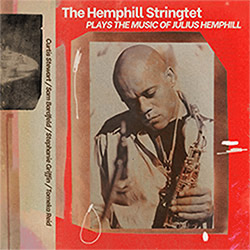
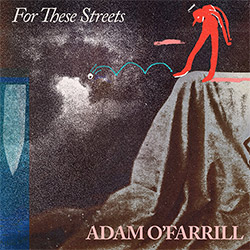

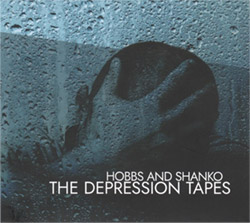
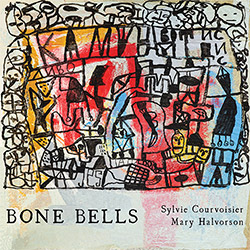

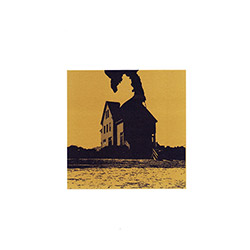
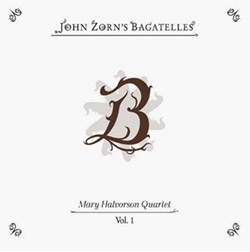
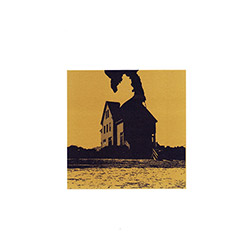
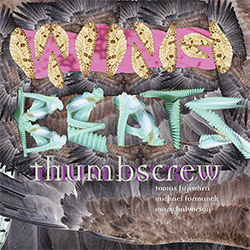
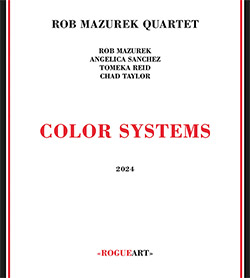
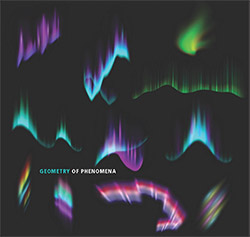
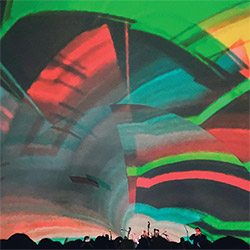
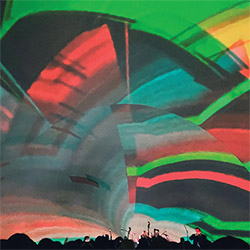
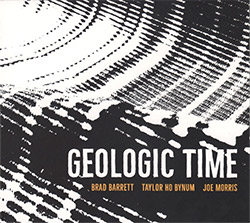
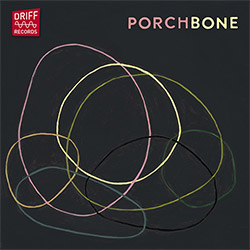

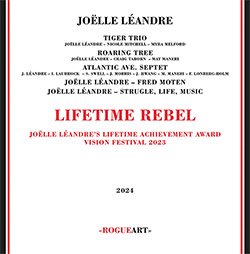
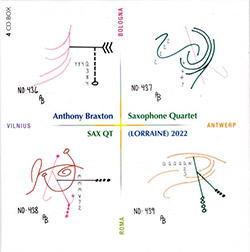
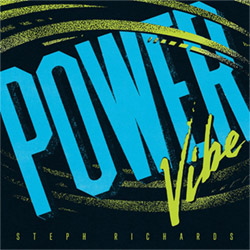
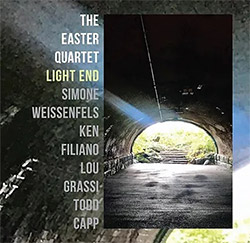
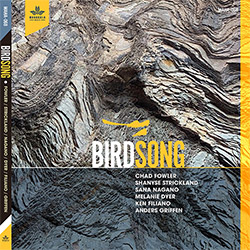
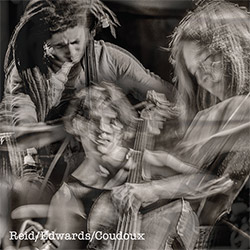
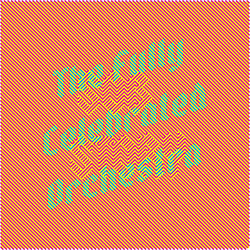
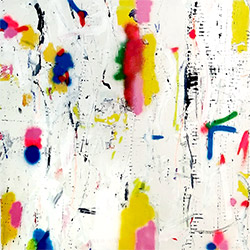
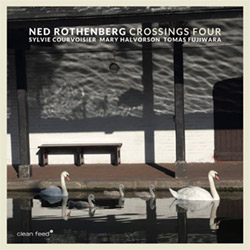

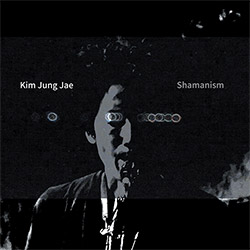
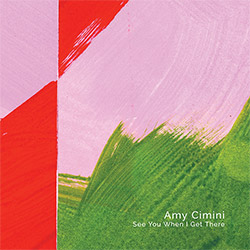
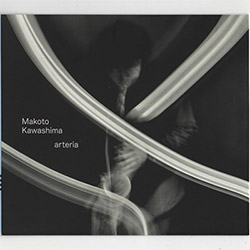
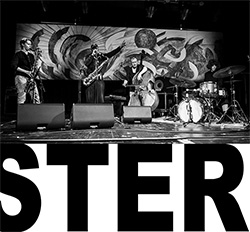
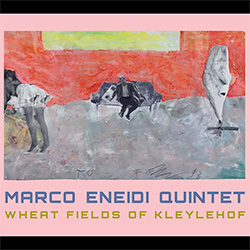
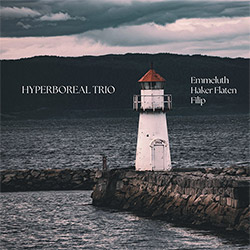
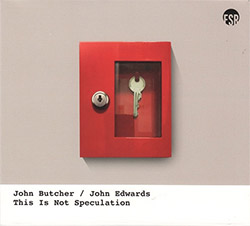
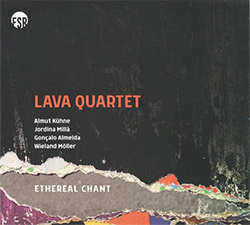
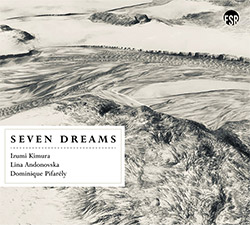
![Deupree, Jerome / Sylvie Courvoisier / Lester St. Louis / Joe Morris: Canyon [2 CDs]](https://www.teuthida.com/productImages/misc4/36404.jpg)
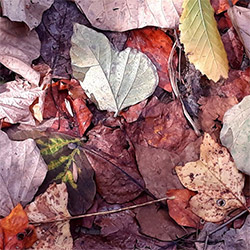
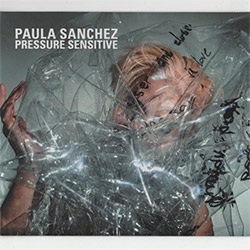
![Eternities: Rides Again [CASSETTE]](https://www.teuthida.com/productImages/misc4/36247.jpg)
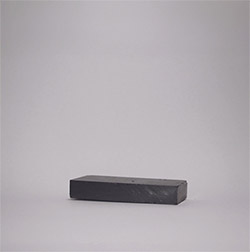
![Lopez, Francisco: Untitled (2021-2022) [2 CDs]](https://www.teuthida.com/productImages/misc4/36438.jpg)
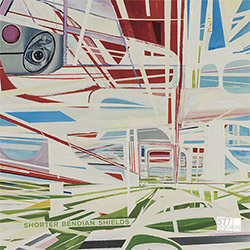
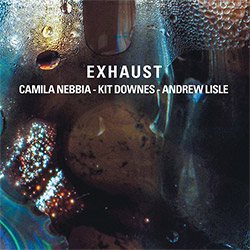
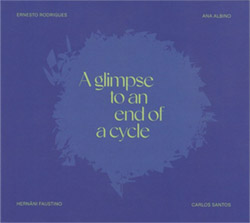
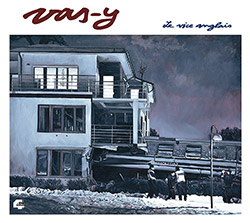
![Eventless Plot | Haarvol: The Subliminal Paths [CASSETTE + DOWNLOAD]](https://www.teuthida.com/productImages/misc4/36232.jpg)

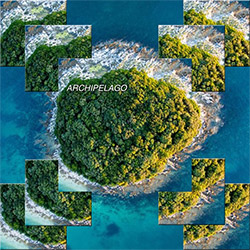
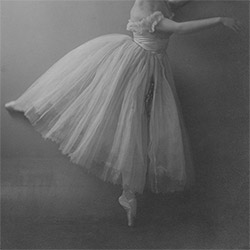

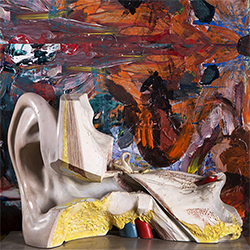
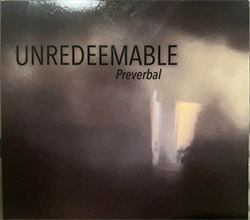
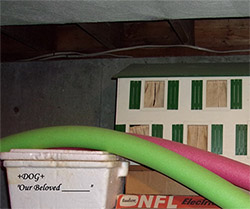
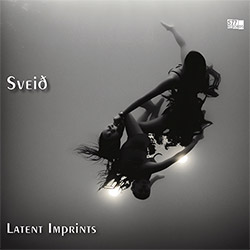
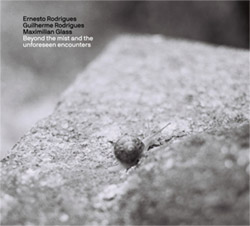

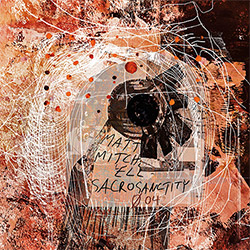
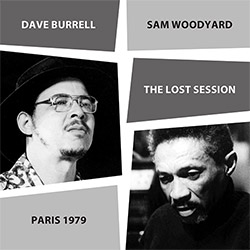
![Eventless Plot | Francesco Covarino: Methexis [CASSETTE + DOWNLOAD]](https://www.teuthida.com/productImages/misc4/36231.jpg)
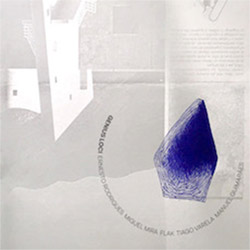
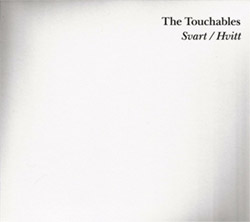
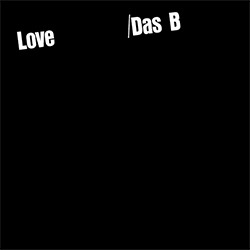
![Das B (Mazen Kerbaj / Mike Majkowski / Magda Mayas / Tony Buck): Love [VINYL]](https://www.teuthida.com/productImages/misc4/36329.jpg)
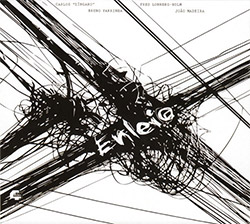
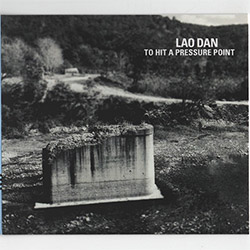
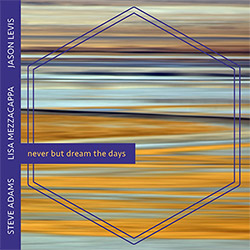
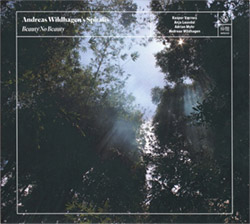
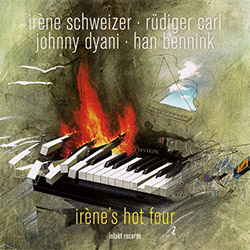
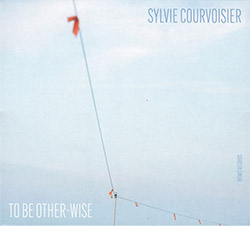
![Halvorson, Mary Septet: Illusionary Sea [2 LPS]](https://www.teuthida.com/productImages/misc4/17952.jpg)
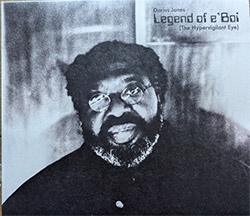
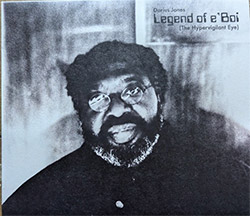
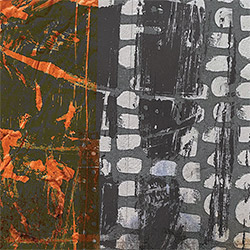
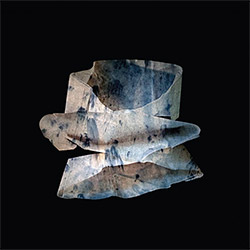
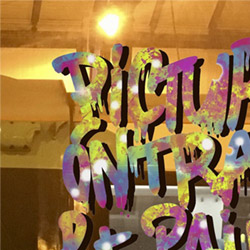
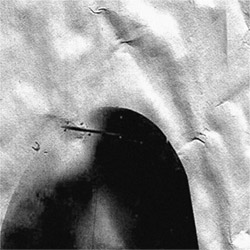
![Money : Money 2 [2 CDs]](https://www.teuthida.com/productImages/misc4/35894.jpg)
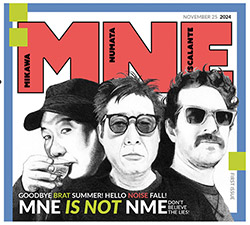
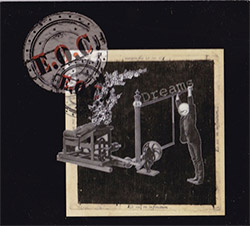
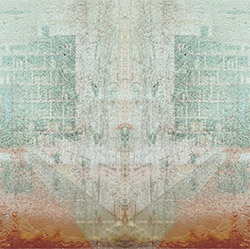
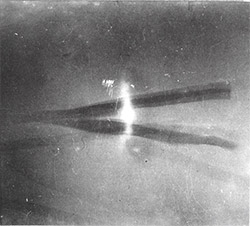
![Klinga, Erik: Elusive Shimmer [VINYL]](https://www.teuthida.com/productImages/misc4/36258.jpg)
![CHANGES TO blind (Phil Zampino): Volume 9 - I Wave on a Fine Vile Mist [CD + DOWNLOAD]](https://www.teuthida.com/productImages/misc4/36061.jpg)

![Wallmart / Rubbish: Asset Protection [split CD]](https://www.teuthida.com/productImages/misc4/35900.jpg)
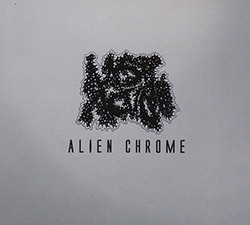
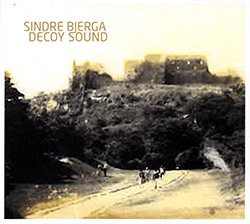
![+Dog+: The Family Music Book Vol. 5 [2 CDs]](https://www.teuthida.com/productImages/misc4/35897.jpg)
![Kuvveti, Deli : Kuslar Soyledi [CASSETTE w/ DOWNLOAD]](https://www.teuthida.com/productImages/misc4/36107.jpg)
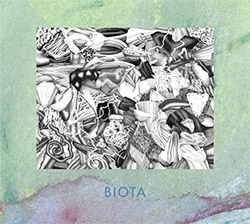
![Nakayama, Tetsuya: Edo Wan [CASSETTE w/ DOWNLOAD]](https://www.teuthida.com/productImages/misc4/36105.jpg)

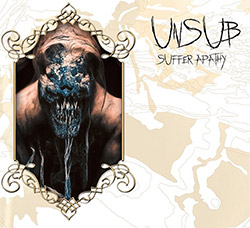
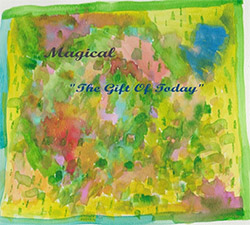
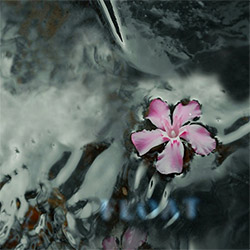
![Yiyuan, Liang / Li Daiguo: Sonic Talismans [VINYL]](https://www.teuthida.com/productImages/misc4/35957.jpg)
![Brown, Dan / Dan Reynolds: Live At The Grange Hall [unauthorized][CASSETTE]](https://www.teuthida.com/productImages/misc4/36245.jpg)
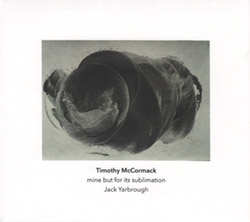

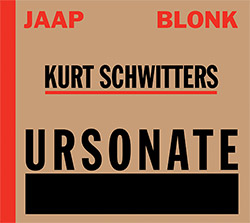
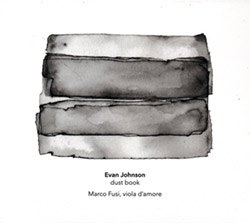
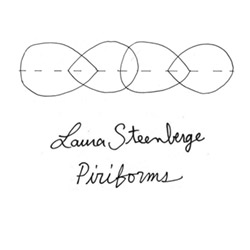
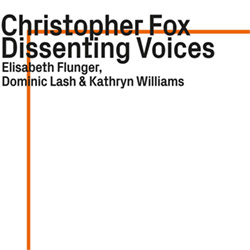
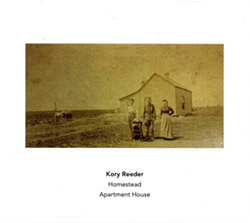
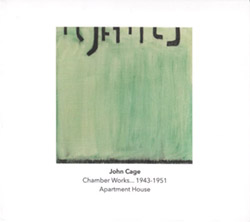
![Palestine, Charlemagne / Seppe Gebruers: Beyondddddd The Notessssss [VINYL]](https://www.teuthida.com/productImages/misc4/36206.jpg)
![Palestine, Charlemagne / Seppe Gebruers: Beyondddddd The Notessssss [NEON GREEN VINYL]](https://www.teuthida.com/productImages/misc4/36207.jpg)
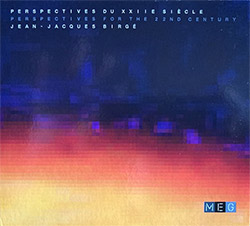
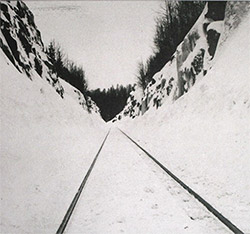
![Yoko, Ono / The Great Learning Orchestra: Selected Recordings From Grapefruit [2 CDs]](https://www.teuthida.com/productImages/misc4/35841.jpg)
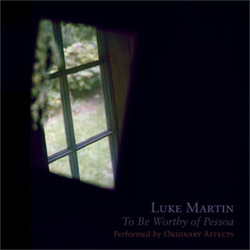
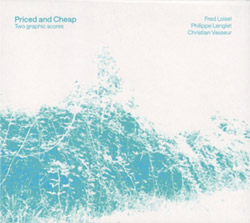
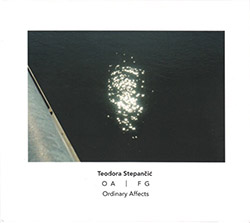
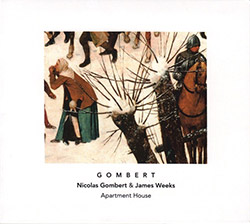

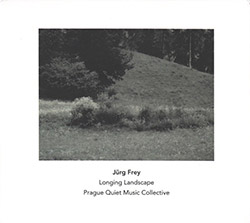


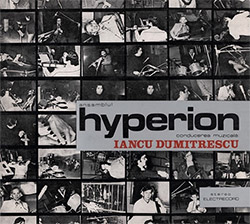
![Zorn, John / JACK Quartet: The Complete String Quartets [2 CDs]](https://www.teuthida.com/productImages/misc4/35609.jpg)

![Lonsdale, Eden: Dawnings [2 CDs]](https://www.teuthida.com/productImages/misc4/35480.jpg)
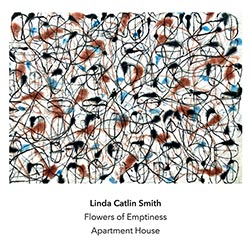
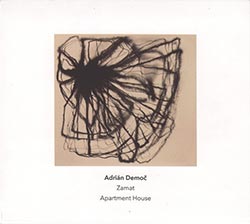
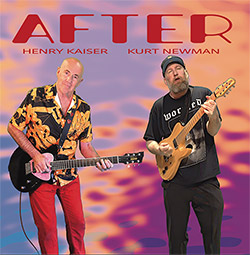
![Sorry For Laughing (G. Whitlow / M. Bates / Dave-Id / E. Ka-Spel): Rain Flowers [2 CDS]](https://www.teuthida.com/productImages/misc4/35985.jpg)

![Rolando, Tommaso / Andy Moor : Biscotti [CASSETTE w/ DOWNLOADS]](https://www.teuthida.com/productImages/misc4/36106.jpg)
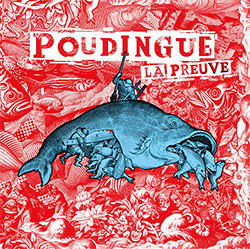
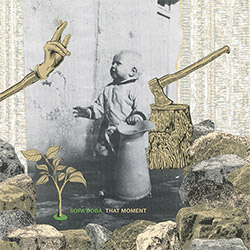
![Electric Bird Noise / Derek Roddy: 8-10-22 [CD EP]](https://www.teuthida.com/productImages/misc4/35970.jpg)
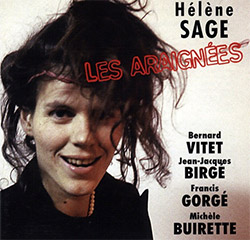


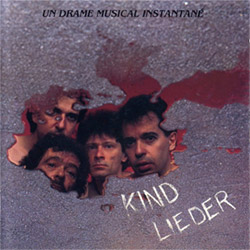
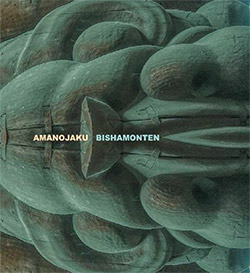
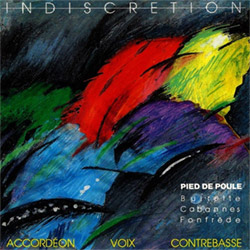
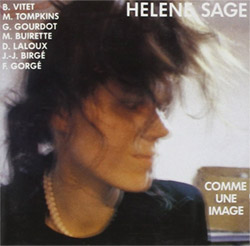
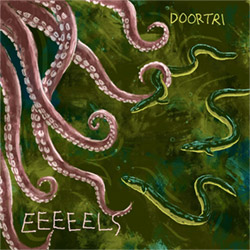
![Elephant9 : Mythical River [VINYL]](https://www.teuthida.com/productImages/misc4/34624.jpg)
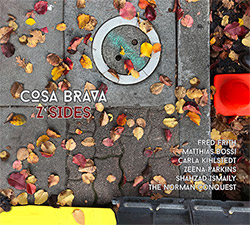
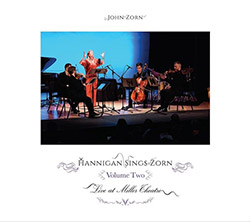
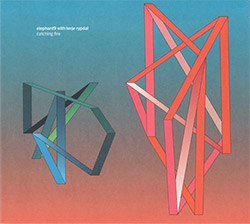
![Elephant9 with Terje Rypdal: Catching Fire [VINYL 2 LPs]](https://www.teuthida.com/productImages/misc4/35355.jpg)
![Deerlady (Obomsawin, Mali / Magdalena Abrego): Greatest Hits [VINYL]](https://www.teuthida.com/productImages/misc4/34876.jpg)
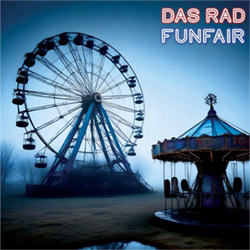
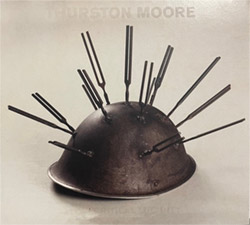
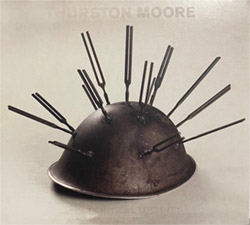

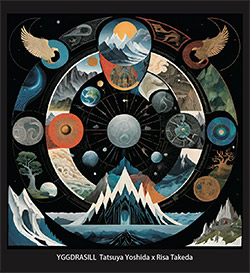
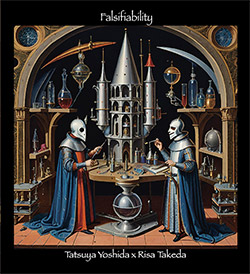
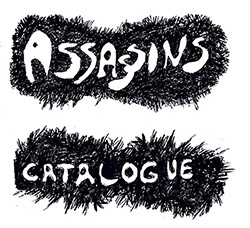
![Surplus 1980: Illusion of Consistency [CD]](https://www.teuthida.com/productImages/misc4/35069.jpg)
![Staiano, Moe: Away Towards the Light [VINYL + DOWNLOAD]](https://www.teuthida.com/productImages/misc4/35037.jpg)
![Coley, Byron: Dating Tips for Touring Bands [VINYL]](https://www.teuthida.com/productImages/misc4/17906.jpg)
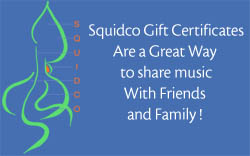
![Lost Kisses: My Life is Sad & Funny [DVD]](https://www.teuthida.com/productImages/misc4/lostKissesDVD.jpg)